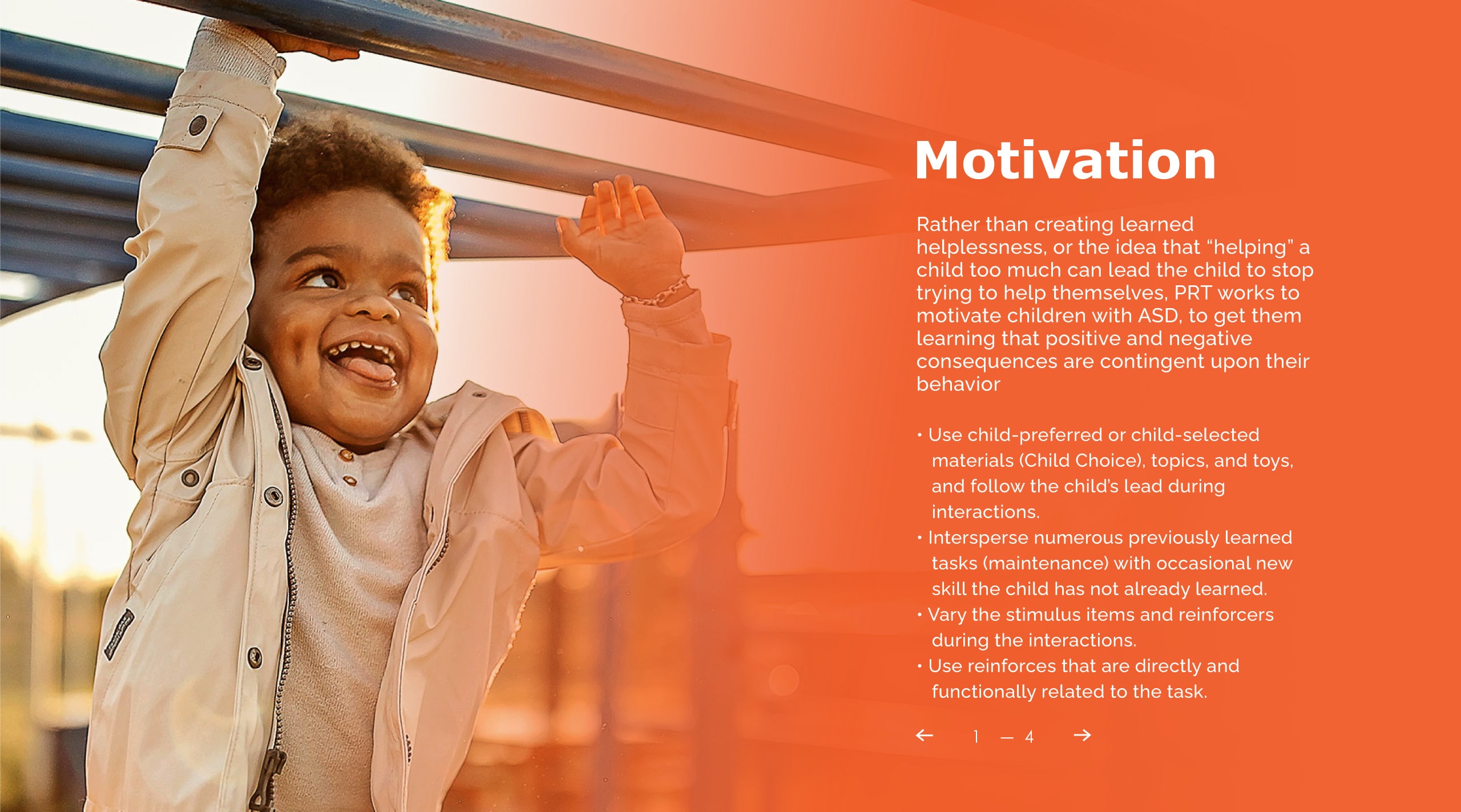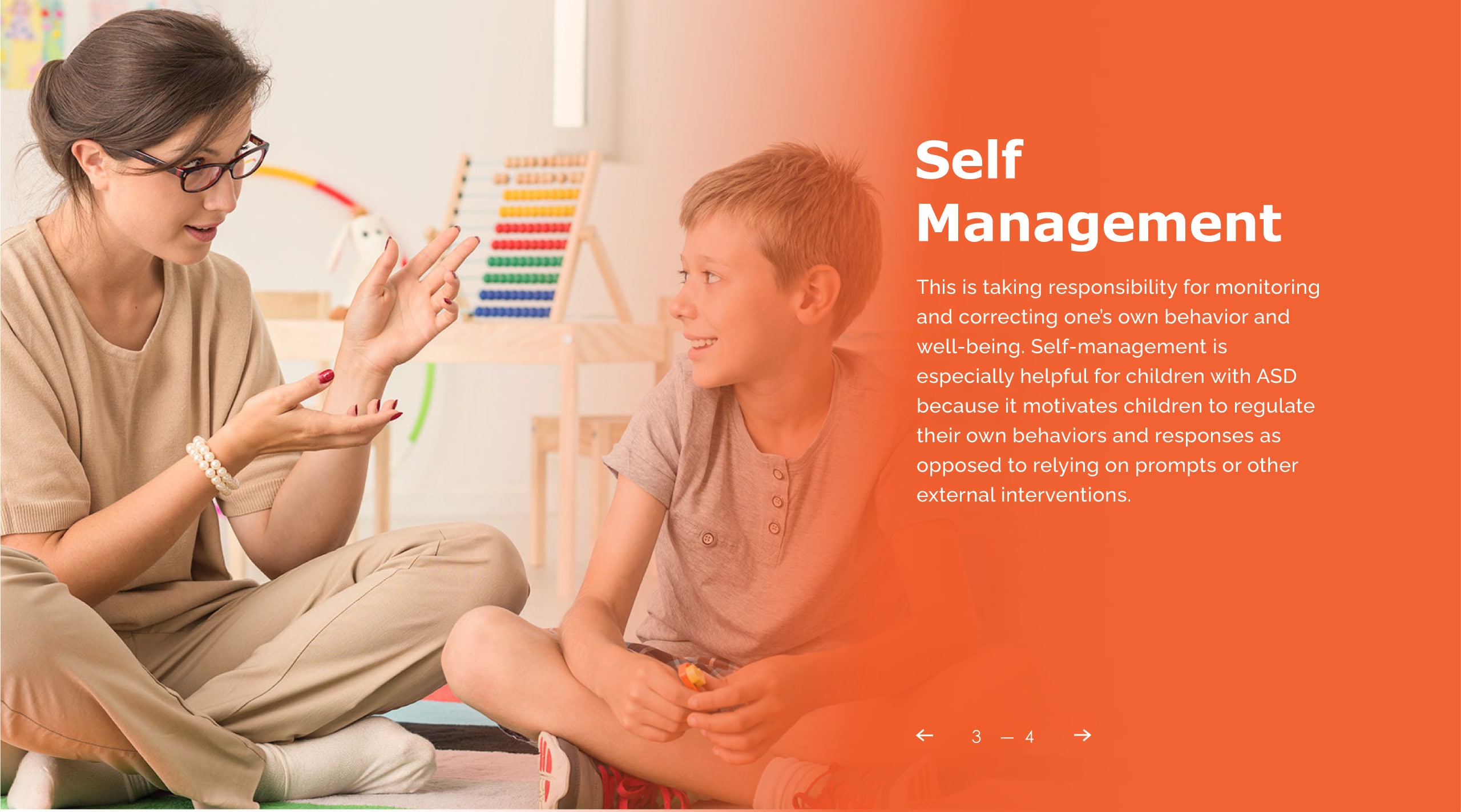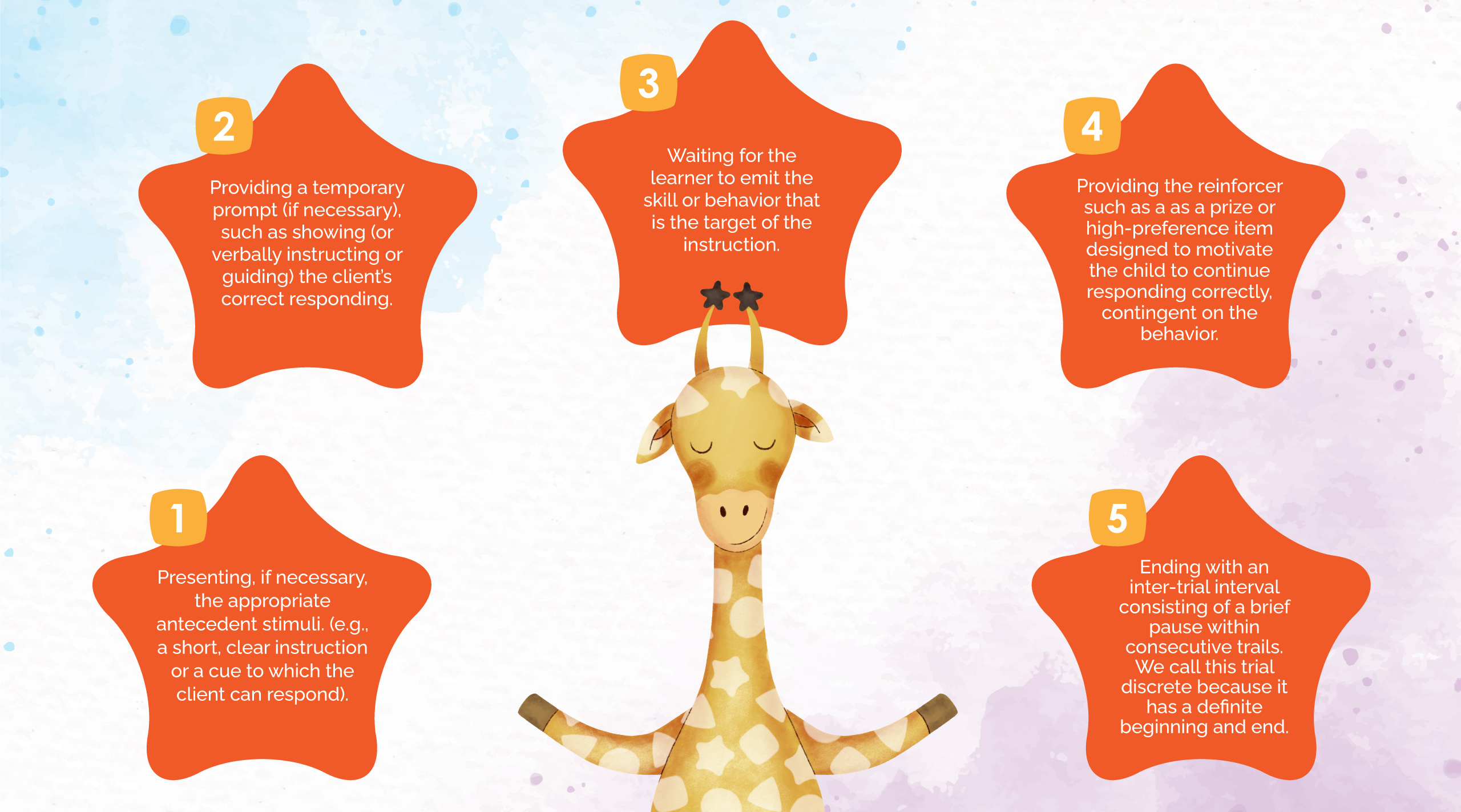Therapists in the Applied Behavior Analysis (ABA) profession use direct observation and experimentation to determine the function of maladaptive behaviors before offering clinical interventions. ABA therapists design strategies with a goal of increasing helpful behaviors and behavioral deficits (such as lack of functional commination, motor skills, social skills, and compliance); while reducing behaviors that are harmful and affect independence and functioning (such as aggression, self-injury behaviors, tantrums, and repetitive stereotypy behaviors). ABA therapy not only targets behaviors to be reduced, but also teaches new replacement behaviors that are appropriate to use in different situations and community settings, and consistently evaluating the progress and effectiveness of the behavioral intervention. We strive to educate parents and caregivers to assist our clients in generalizing the behavioral plan in all aspects of their lives to promote long-term success.

Method

Team commitment
Our therapists are committed to their professional development and are exposed to ongoing training and supervison to ensure quality of services and client improvement. They also demonstrate a genuine interest in the child’s well-being and overall progress. Families and assigned clinical teams develop a relationship built on shared goals and trust.

Quality of service
Our priority is to benefit the client and ensure our guidelines for quality of service. For us, quality of service means putting the needs of the client and their family first; respecting their preferences and dignity while ensuring advancement.
Here, at Behavior ACC Services, we conduct systematic patient and caregiver satisfaction interviews, phone calls, and surveys. We value communication and have an “open door policy”. Our Clinical Team is always available to receive and monitor feedback on client progress, caregiver concerns and service delivery recommendations for improvement.
ABA Methodologies
Here at Behavior ACC Services, we use varied evidence-based strategies and methodologies to implement treatment.

Pivotal Response Treatment
Pivotal Response Treatment (PRT) is an evidence-based intervention developed by Dr. Robert Koegel and Dr. Lynn Koegel to provide a more naturalistic approach to the principles of applied behavior analysis. We use this intervention to target pivotal areas of a client’s development such language, social, behavioral skills and play skills in children with ASD. This decreases disruptions and self-stimulatory behaviors.
What are pivotal behaviors?
Pivotal Behaviors are those behaviors that are central to wide areas of a child’s functioning, and when promoted, they are believed to produce improvement in many non-target behaviors.
These are the four pivotal areas that affect behaviors, and we target:
Discrete trial teaching
Discrete Trial Training (DTT) has been used frequently as a method for teaching communicative skills to children with autism. Within DTT, tasks are broken down into short, simple trials. A discrete trial is a single cycle of behaviorally based instructional routine consisting of 4 or 5 parts:
Reference: Mayer, G. R., Sulzer-Azaroff, B., & Wallace, M. (2019). Behavior analysis for lasting change. Sloan Publishing.

Verbal behavior
Verbal Behavior is a method of teaching language that focuses on the idea that a meaning of a word is found in their functions. The term was coined by B.F. Skinner to teach a child with language delays a meaning of a word, one must first teach its function. As an example, instead of just teaching the word, we must teach them how to functionally apply these words. For example, a child with autism might say the word “bed” when they see one, but may not be able to say “bed” when they need to sleep or are tired; or when asked to answer correctly what a bed is used for.
Reference: Sundberg, M. L. (2014). VB-MAPP Verbal Behavior Milestones Assessment and Placement Program: A language and Social Skills Assessment Program for children with autism or other intellectual disabilities: Guide. AVB Press.

Natural Environment Training (NET)
Natural Environment Training focuses on practicing and teaching skills within the situations that they would naturally happen. In these situations, the therapist uses natural occurring opportunities to help children learn.
Natural Environment Training has several advantages. This method focuses on the interest of the child, making it easier to motivate the child during session. This method is family-friendly as we target skills and goals appropriate to the home environment thus making it easier to program for generalization.
Behavior Plans are personalized to fit the developmental, cognitive and behavior needs of each client.
Facilites
Our Clinic is fully equipped to target the personalized needs of our families.
We are here






















